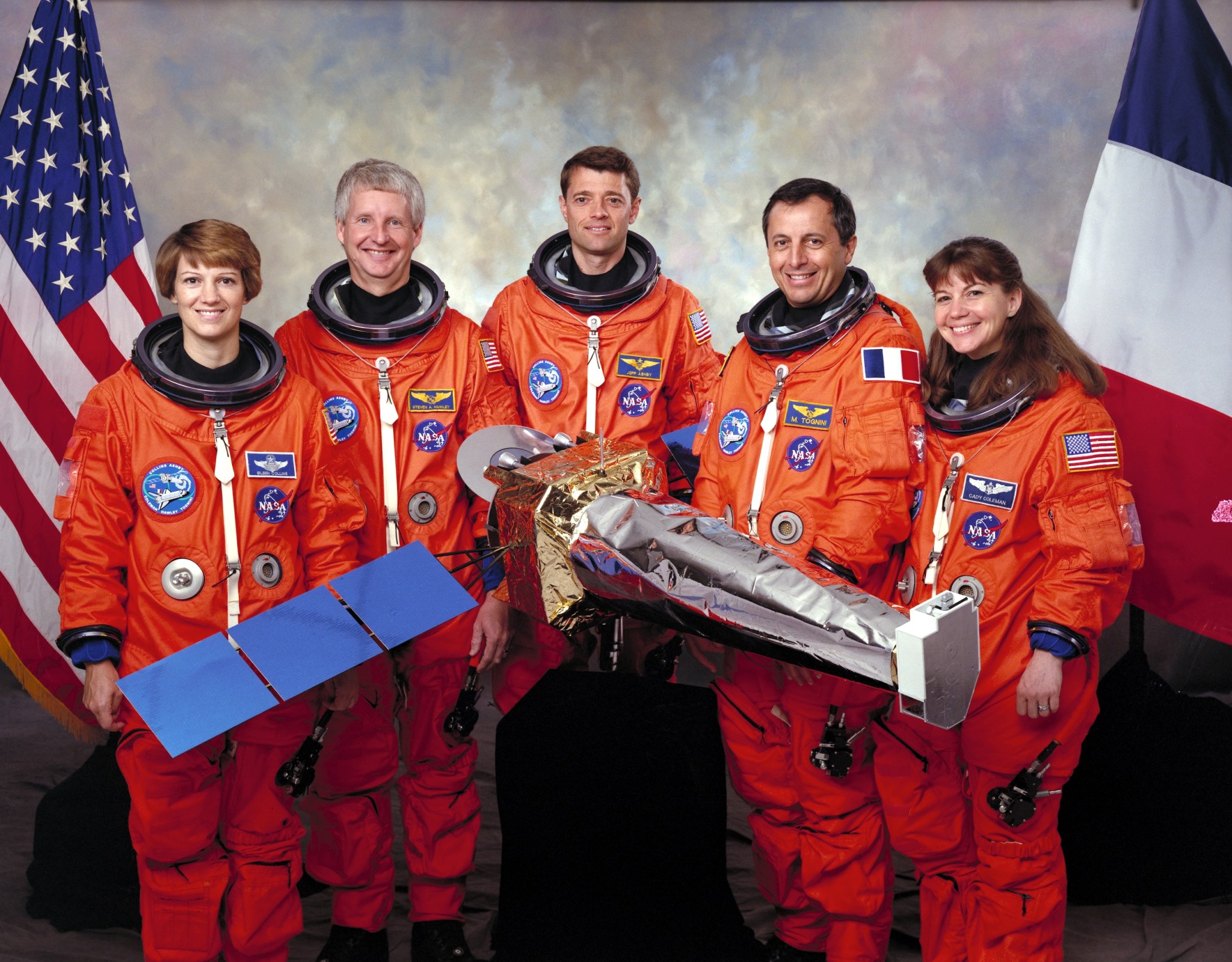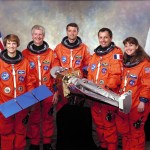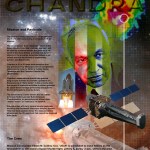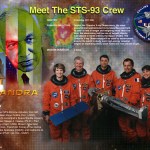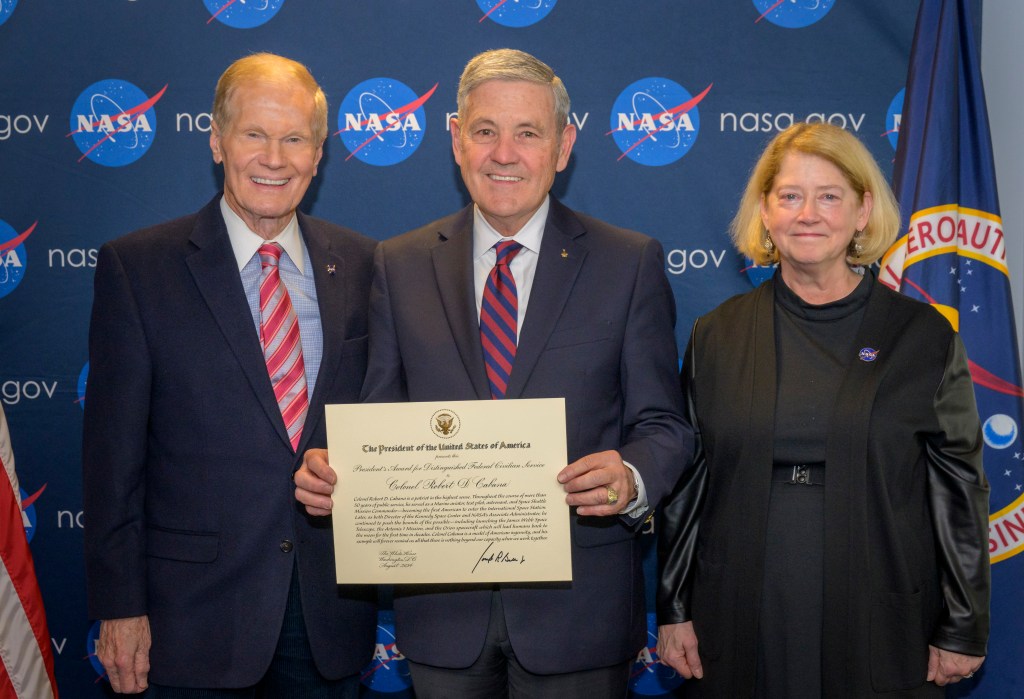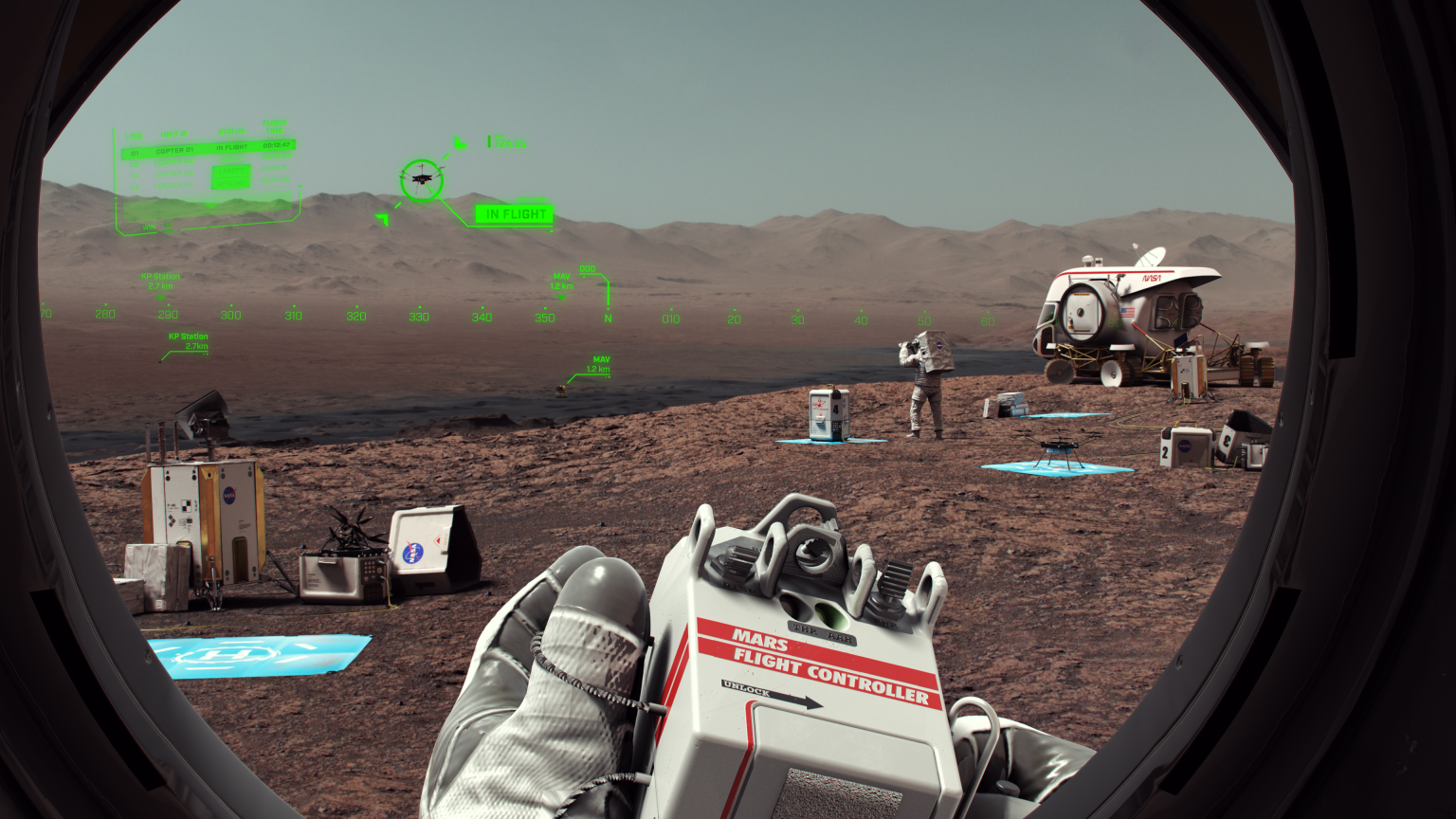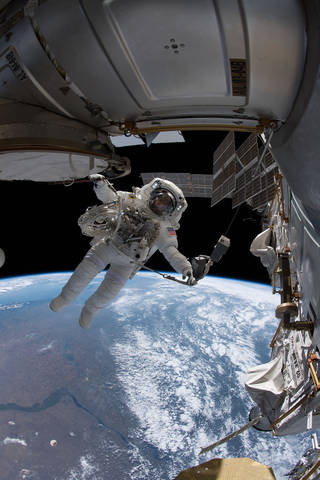
STS-93
STS-93 had NASA's first female commander, Eileen M. Collins. STS-93 deployed the Chandra X-Ray Observatory into orbit.
Orbiter
mission duration
Launch
Landing
Mission Facts
Mission: Chandra X-Ray Observatory
Space Shuttle: Columbia
Launch Pad: 39B
Launched: July 23, 1999, 12:31:00 a.m. EDT
Landing Site: Kennedy Space Center, Florida
Landing: July 27, 1999, 11:20:37 p.m. EDT
Runway: 33
Rollout Distance: 6,851 feet
Rollout Time: 43 seconds
Revolution: 80
Mission Duration: 4 days, 22 hours, 49 minutes, 37 seconds
Orbit Altitude: 153 nautical miles
Orbit Inclination: 28.4 degrees
Miles Traveled: 1.8 million
Crew
Eileen M. Collins, Commander
Jeffrey S. Ashby, Pilot
Steven A. Hawley, Mission Specialist
Catherine G. Coleman, Mission Specialist
Michel Tognini, Mission Specialist
Launch Highlights
The originally scheduled launch on July 20 was scrubbed at about the T-7 second mark in the countdown. Following a virtually flawless countdown, the orbiter’s hazardous gas detection system indicated a 640 ppm concentration of hydrogen in Columbia’s aft engine compartment, more than double the allowable amount. System engineers in KSC’s Firing Room No. 1 noted the indication and initiated a manual cutoff of the ground launch sequencer less than one-half second before the shuttle’s three main engines would have started. Following preliminary system and data evaluation, launch managers determined the hydrogen concentration indication was false. A second launch attempt 48 hours later was scrubbed due to weather at KSC. A 24-hour turnaround was initiated and the third launch attempt succeeded with Columbia lifting off the pad on July 23.
During the countdown for launch on the third attempt, a communications problem occurred that resulted in the loss of the forward link to Columbia. The problem was corrected at the Merritt Island Launch Area (MILA) ground facility and communications was restored. As a result of this problem, the time of the planned launch was slipped seven minutes to 12:31 a.m. EDT on July 23.
About 5 seconds after liftoff, flight controllers noted a voltage drop on one of the shuttle’s electrical buses. Because of this voltage drop, one of two redundant main engine controllers on two of the three engines shut down. The redundant controllers on those two engines — center and right main engines — functioned normally, allowing them to fully support Columbia’s climb to orbit.
The orbit attained, however, was 7 miles short of that originally projected due to premature main engine cutoff an instant before the scheduled cutoff. This problem was eventually traced to a hydrogen leak in the No. 3 main engine nozzle. The leak was caused when a liquid oxygen post pin came out of the main injector during main engine ignition, striking the hotwall of the nozzle and rupturing three liquid hydrogen coolant tubes.
The orbiter eventually attained its proper altitude and successfully deployed the Chandra X-ray Observatory into its desired orbit.
Mission Highlights
STS-93 was the first mission in space shuttle history to be commanded by a woman, Eileen Collins. This was the shortest scheduled mission since 1990.
On the first day of the scheduled five-day mission, the Chandra X-ray Observatory was deployed from Columbia’s payload bay. Chandra’s two-stage Inertial Upper Stage (IUS) propelled the observatory into a transfer orbit of 205 miles by 44,759 miles in altitude.
Following the second IUS burn, Chandra’s solar arrays were deployed and the IUS separated from the observatory as planned.
During the rest of the mission secondary payloads and experiments were activated. The Southwest Ultraviolet Imaging System (SWUIS) was used aboard Columbia to capture ultraviolet imagery of Earth, the Moon, Mercury, Venus and Jupiter.
Astronauts monitored several plant growth experiments and collected data from a biological cell culture experiment. They used the exercise treadmill and the Treadmill Vibration Information System to measure vibrations and changes in microgravity levels caused by on-orbit workouts. High Definition Television equipment was tested for future use on both the shuttle and the International Space Station to conform to evolving broadcasting industry standards for television products.
STS-93
Eileen Collins Broke Barriers as America’s First Female Space Shuttle Commander
At the end of February 1998, Johnson Space Center Deputy Director James D. Wetherbee called Astronaut Eileen Collins to his…
Read the Story
Shuttle News
Retired Space Shuttle Locations
Shuttle Atlantis – Kennedy Space Center Visitor Complex Shuttle Discovery – Steven F. Udvar-Hazy Center Shuttle Endeavour – California Science…
Read the Story



























